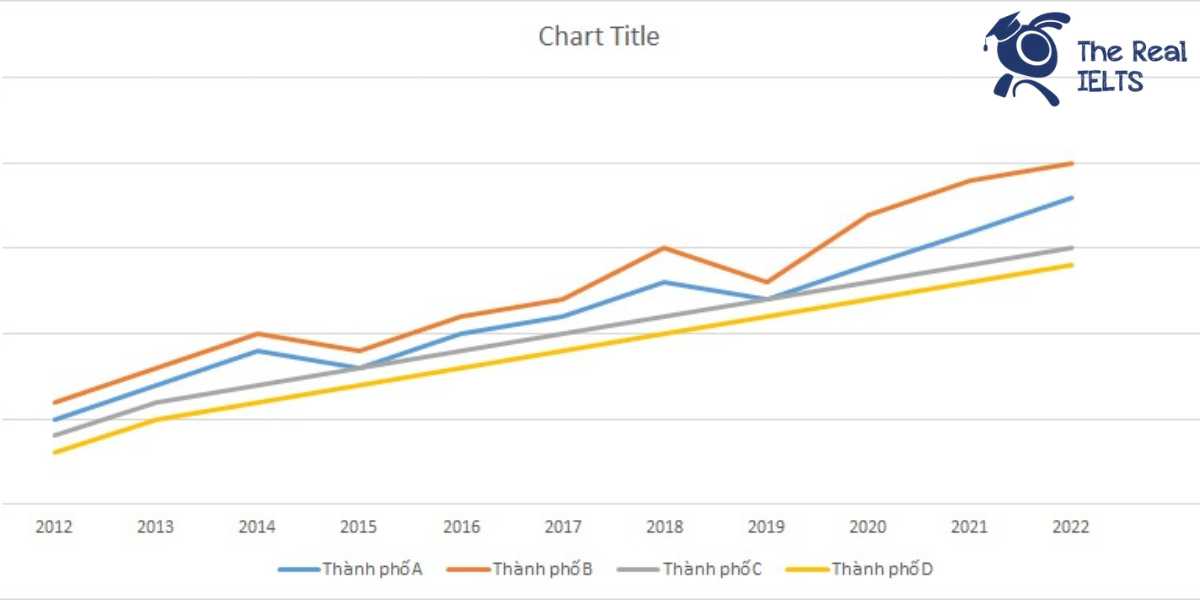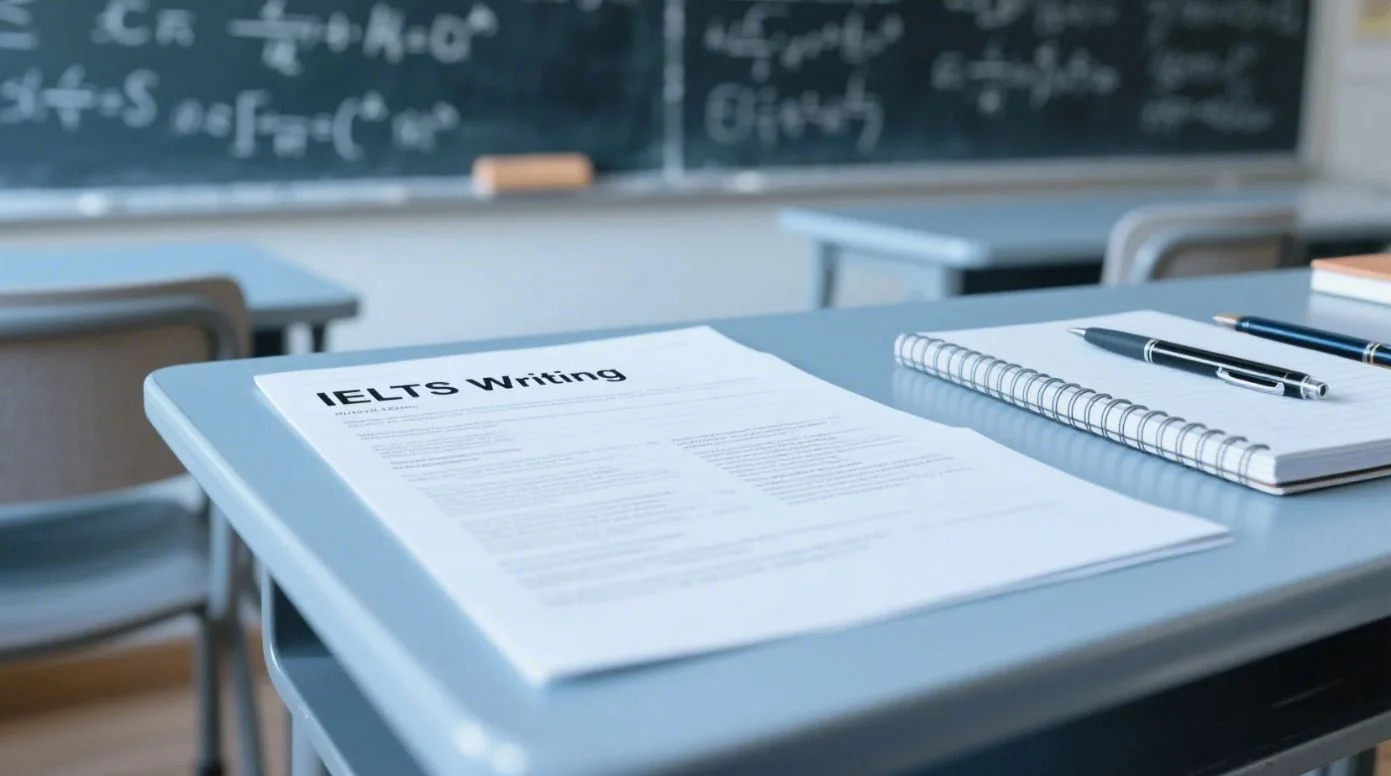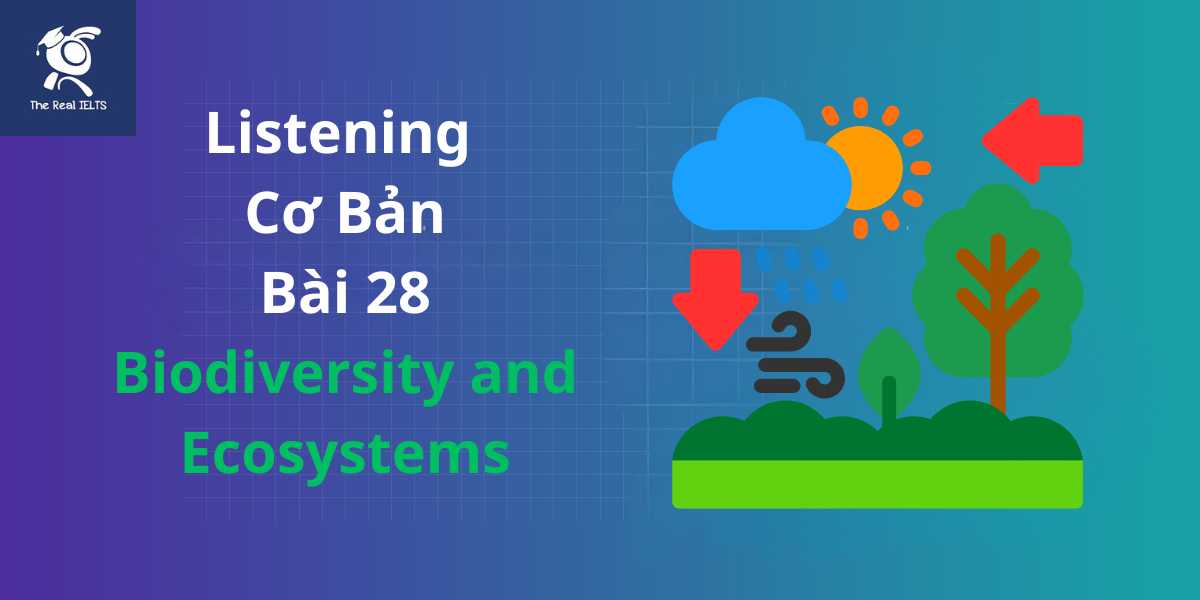Đề thi IELTS Reading có tiêu đề “The Role of Renewable Energy in Combating Climate Change”
Nhớ đọc thêm các bài luyện thi IELTS nhé.
IELTS Reading:”The Role of Renewable Energy in Combating Climate Change“
The Role of Renewable Energy in Combating Climate Change
Renewable energy has emerged as one of the most critical solutions in the global fight against climate change. As the world continues to experience the adverse effects of rising temperatures, extreme weather events, and the depletion of natural resources, there is an urgent need to transition from traditional fossil fuels to cleaner, more sustainable energy sources. Renewable energy, which includes solar, wind, hydro, and geothermal power, offers a viable alternative that can significantly reduce greenhouse gas emissions, slow the pace of global warming, and promote sustainable development.
One of the main advantages of renewable energy is its capacity to generate electricity without producing harmful emissions. Fossil fuels such as coal, oil, and natural gas have long been the dominant sources of energy, but their combustion releases vast amounts of carbon dioxide (CO2) and other greenhouse gases into the atmosphere. These gases trap heat, leading to the warming of the planet and triggering a host of environmental problems, such as the melting of polar ice caps, sea-level rise, and the destruction of ecosystems. In contrast, renewable energy sources are virtually emission-free, meaning that their adoption on a larger scale could lead to a substantial decrease in the global carbon footprint.
Among renewable sources, solar energy is perhaps the most abundant and widely accessible. The sun provides an inexhaustible supply of energy that can be harnessed using photovoltaic panels to generate electricity. As the cost of solar technology continues to decrease, more households and businesses are adopting solar power, reducing their dependence on fossil fuels. Additionally, advancements in energy storage technology, such as batteries, are making it easier to store excess solar power for use during non-sunny periods, further enhancing the reliability of this energy source.
Wind power is another renewable resource that plays a key role in combating climate change. Wind turbines convert the kinetic energy of wind into electricity, offering a clean and efficient means of energy production. Wind farms, both onshore and offshore, have become increasingly common, particularly in countries with favorable wind conditions, such as Denmark, Germany, and the United States. Like solar energy, wind power produces no emissions and has the potential to supply a significant portion of global electricity needs.
Hydropower, generated by the movement of water through turbines, has been used for centuries and remains one of the most reliable renewable energy sources. Large-scale hydroelectric dams, such as the Three Gorges Dam in China, can generate enormous amounts of electricity, while smaller, run-of-the-river systems offer less intrusive alternatives for energy production. However, while hydropower is a valuable renewable resource, it is not without its challenges. The construction of large dams can disrupt ecosystems, displace communities, and affect water availability downstream. Therefore, careful planning and consideration of environmental impacts are essential when developing hydropower projects.
Geothermal energy, derived from the heat stored beneath the Earth’s surface, is another promising renewable energy source. Geothermal power plants tap into underground reservoirs of steam or hot water to generate electricity. This form of energy is highly reliable and can provide a consistent power supply, unlike solar and wind, which are dependent on weather conditions. Countries like Iceland have capitalized on their geothermal resources to power their economies sustainably, setting an example for others to follow.
While renewable energy holds immense potential in the fight against climate change, its widespread adoption still faces significant barriers. One of the primary challenges is the initial cost of transitioning to renewable infrastructure. Although the long-term savings and environmental benefits of renewable energy are clear, the upfront investment in solar panels, wind turbines, and other technologies can be prohibitively expensive for many countries and regions, particularly in the developing world. To overcome this, governments and international organizations need to provide financial incentives, subsidies, and support for research and development to make renewable energy more accessible and affordable.
Another challenge lies in the variability of some renewable energy sources. Solar and wind power, for example, are intermittent, meaning they cannot always produce electricity when demand is high. This has led to concerns about the reliability of renewable energy grids. However, advancements in energy storage technology, grid management, and the integration of diverse energy sources can help address these issues and ensure a stable power supply.
Despite these challenges, the transition to renewable energy is not only necessary but also inevitable if the world is to avoid the worst impacts of climate change. Many countries have already set ambitious targets for reducing their reliance on fossil fuels and increasing their use of renewables. The European Union, for example, aims to achieve climate neutrality by 2050, with renewable energy playing a central role in its strategy. Similarly, countries like China and India, which have historically relied heavily on coal, are now investing billions in renewable energy infrastructure to meet their growing energy needs sustainably.
In conclusion, renewable energy is essential in the global effort to combat climate change. By reducing greenhouse gas emissions, mitigating the effects of global warming, and promoting sustainable development, renewable energy offers a pathway toward a cleaner, more resilient future. While challenges remain, the potential benefits of transitioning to renewable energy far outweigh the costs, making it a critical component of any long-term strategy to address the climate crisis. Governments, businesses, and individuals alike must work together to accelerate the adoption of renewable energy technologies and ensure a sustainable planet for future generations.
Đề bài thi IELTS Reading
Multiple Choice Questions (Câu hỏi trắc nghiệm)
- Which of the following is NOT a renewable energy source? A. Wind power
B. Solar power
C. Fossil fuels
D. Geothermal power - What is one of the main benefits of renewable energy? A. It generates more carbon emissions than fossil fuels
B. It produces electricity without harmful emissions
C. It is less reliable than fossil fuels
D. It depends solely on government subsidies - What energy source is most abundant and accessible worldwide? A. Wind
B. Solar
C. Hydropower
D. Geothermal - Which country is known for utilizing geothermal energy to power its economy? A. China
B. India
C. Iceland
D. Denmark - What is one challenge mentioned regarding wind and solar energy? A. High emissions
B. Environmental destruction
C. Variability and intermittency
D. Over-reliance on fossil fuels - What type of energy is generated by water movement through turbines? A. Solar
B. Wind
C. Hydropower
D. Geothermal - What is a significant challenge for the widespread adoption of renewable energy? A. High long-term costs
B. The large initial investment
C. Lack of technological development
D. Lack of government support - Which country has set a goal of achieving climate neutrality by 2050? A. The United States
B. China
C. The European Union
D. Iceland - How do advancements in energy storage technology benefit renewable energy? A. They reduce emissions
B. They lower initial costs
C. They store excess energy for use during non-productive periods
D. They increase fossil fuel consumption - Which of the following is a downside to hydropower mentioned in the passage? A. It creates emissions
B. It disrupts ecosystems and displaces communities
C. It is not widely available
D. It is less reliable than wind power
True/False/Not Given
- Fossil fuels produce zero emissions when generating electricity.
- True
- False
- Not Given
- Solar panels are becoming more affordable for both households and businesses.
- True
- False
- Not Given
- The United States has already achieved climate neutrality.
- True
- False
- Not Given
- Developing countries face fewer challenges in adopting renewable energy than developed countries.
- True
- False
- Not Given
- Hydropower systems always result in significant damage to local communities.
- True
- False
- Not Given
- Geothermal energy depends on specific weather conditions to function.
- True
- False
- Not Given
- Wind power is becoming more common only in Europe.
- True
- False
- Not Given
- The transition to renewable energy is likely to slow down due to financial constraints.
- True
- False
- Not Given
- Governments have no role in promoting renewable energy adoption.
- True
- False
- Not Given
Yes/No/Not Given
- The author believes renewable energy is essential for combating climate change.
- Yes
- No
- Not Given
- The author argues that fossil fuels will still play a significant role in the future.
- Yes
- No
- Not Given
- The author supports the construction of large hydropower dams without considering environmental impact.
- Yes
- No
- Not Given
- The author suggests that renewable energy sources are more expensive than fossil fuels in the long run.
- Yes
- No
- Not Given
Matching Headings (Nối tiêu đề với đoạn văn)
24-28. Match the following headings to the correct paragraphs: A. “Advantages of Solar Energy”
B. “The Role of Wind Power in Global Energy Production”
C. “Challenges Facing the Transition to Renewable Energy”
D. “Government Incentives for Renewable Energy”
E. “Hydropower: A Reliable but Controversial Energy Source”
Matching Features (Nối đặc điểm)
29-32. Match the energy type to the feature described: A. Solar energy
B. Wind energy
C. Hydropower
D. Geothermal energy
- Produces electricity through the use of turbines driven by water.
- Relies on underground heat sources to generate power.
- Harnesses energy using photovoltaic panels.
- Depends on air currents to generate electricity.
Sentence Completion (Hoàn thành câu)
33-36. Complete the following sentences with words from the passage:
- Renewable energy produces __________ emissions compared to fossil fuels.
- One challenge of wind and solar energy is their __________.
- The cost of solar technology is __________ over time.
- Geothermal power is used widely in __________ to power its economy.
Short Answer Questions (Câu hỏi trả lời ngắn)
- What is one major environmental problem caused by the combustion of fossil fuels?
- Which renewable energy source depends on water movement?
- How do batteries help in the use of solar power?
- What is one financial challenge facing the adoption of renewable energy technologies?
Đáp án bài thi IELTS Reading
Multiple Choice Questions (Câu hỏi trắc nghiệm)
- C. Fossil fuels
- B. It produces electricity without harmful emissions
- B. Solar
- C. Iceland
- C. Variability and intermittency
- C. Hydropower
- B. The large initial investment
- C. The European Union
- C. They store excess energy for use during non-productive periods
- B. It disrupts ecosystems and displaces communities
True/False/Not Given
- False
- True
- False
- False
- False
- False
- False
- Not Given
- False
Yes/No/Not Given
- Yes
- No
- No
- No
Matching Headings (Nối tiêu đề với đoạn văn)
- A. Advantages of Solar Energy
- B. The Role of Wind Power in Global Energy Production
- E. Hydropower: A Reliable but Controversial Energy Source
- C. Challenges Facing the Transition to Renewable Energy
- D. Government Incentives for Renewable Energy
Matching Features (Nối đặc điểm)
- C. Hydropower
- D. Geothermal energy
- A. Solar energy
- B. Wind energy
Sentence Completion (Hoàn thành câu)
- fewer
- intermittency
- decreasing
- Iceland
Short Answer Questions (Câu hỏi trả lời ngắn)
- Global warming or rising temperatures
- Hydropower
- Store excess energy for later use
- High initial investment costs
Luyện tập bài khác ở bài viết:”100 bài luyện IELTS Reading 2024 – 2025“















